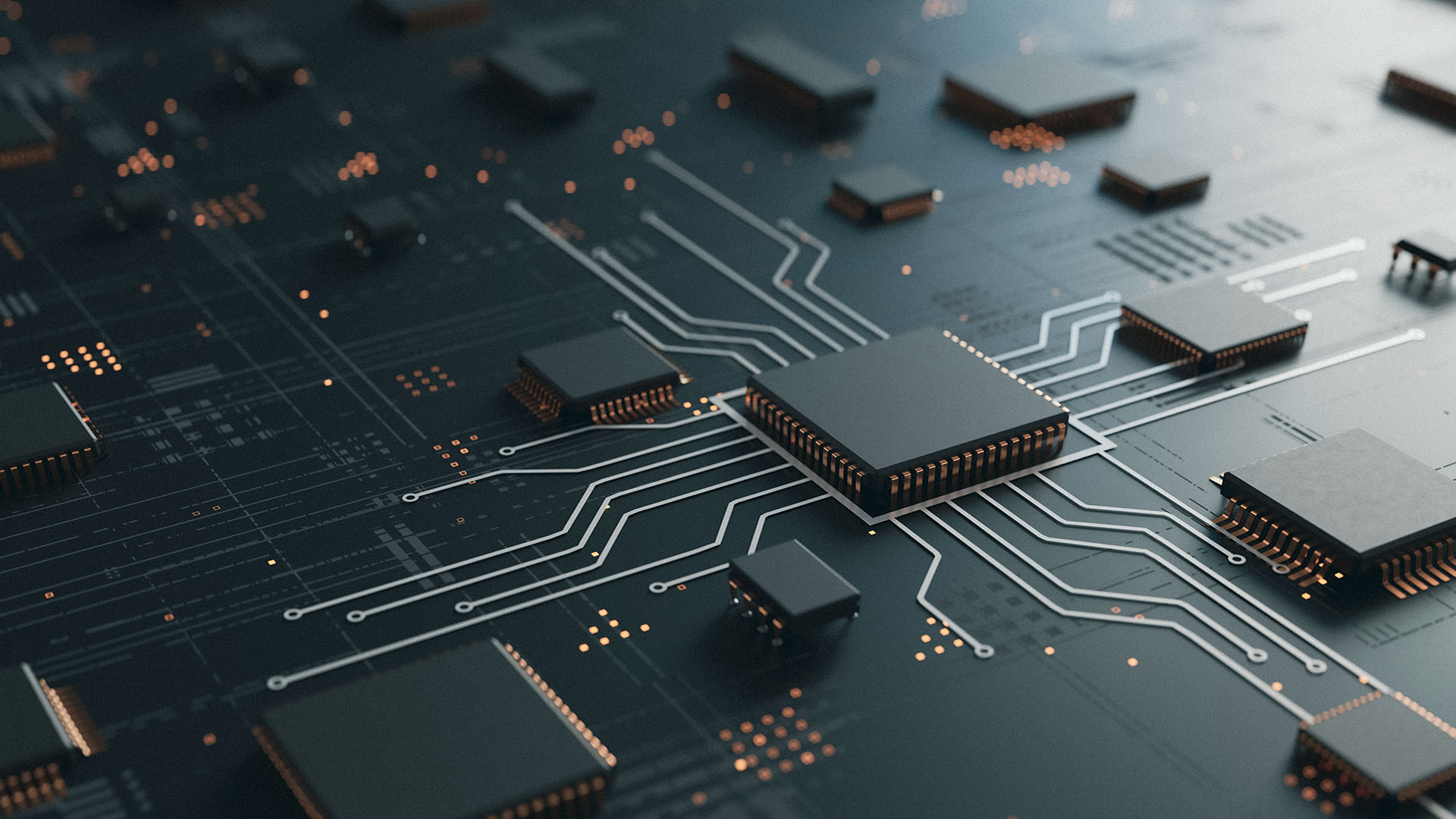
Japan's High-Tech Renaissance
Key Insights
-
A small island in Japan called Kyushu is now known as “Silicon Island” due to the massive investments from TSMC and other tech companies.
-
The investments seem like a much-needed lifeline for Japan, which has lost market share in the global chip market over many years.
-
We have portfolio exposure to several mentioned companies including TSMC, Sony, and Samsung.
In a quiet corner of southwestern Japan, the global semiconductor supply chain is gearing up for a significant transformation. Taiwan’s Semiconductor Manufacturing Company (TSMC), the world’s largest chip maker, is set to unveil a massive, state-of-the-art semiconductor fabrication plant in Kumamoto Prefecture on Kyushu Island, with an investment of over $7.4 billion.
On February 6th, 2024, a consortium (JASM) consisting of TCMC, Sony, Denso, and Toyota announced that they will build another semiconductor factory, scheduled to be completed by 2027. This brings the total investment to over $20 billion.
This strategic move by TSMC, which is geographically significant, underscores the growing concerns over Taiwan’s stability in the face of the deteriorating US-China relations.
Warren Buffett’s Berkshire Hathaway in 2022 divested its entire stake in TSMC, driven partly by the potential threat of China’s influence over Taiwan. The China conflict has raised questions about the global semiconductor supply chain’s resilience and prompted a quest for alternatives.
Under the radar
For the same reason, US President Joe Biden has laid out plans to bring more chip production to the US. TSMC is now building a factory in Arizona, but progress is much slower than expected due to issues with local labour and a shortage of skilled workers. At the same time, construction on Kyushu is racing ahead somewhat under the radar.
As shown in Fig. 1 (please see PDF), TSMC, in addition to the factories in Japan and the USA, has also decided, together with Bosch, Infineon, and NXP, to build a chip factory in Germany.
Abundant water resources
Known as Japan’s “Silicon Island,” Kyushu is at the forefront of this high-tech revival. TSMC is collaborating with the Sony Group and other partners to establish the factory in Kumamoto. The Japanese government is contributing nearly $3.5 billion, covering half of the construction costs, as part of their commitment to reviving the semiconductor industry.
And TSMC, Sony, Denso, and Toyota are not alone. Mitsubishi Electric has equally committed to a power semiconductor plant in Kumamoto, with production slated to begin in April 2026. The company also has expansion plans for another plant with a combined investment of approximately $745 million. Also, IBM, Intel, and Samsung are considering investing more in Japan.
Kyushu’s abundant water resources, crucial for semiconductor production, are drawing substantial investments not only in Kumamoto but also in the Fukuoka, Saga, and Nagasaki prefectures.
Japan is back on track
Japan once dominated the semiconductor industry, with about half of the world market share in the 1980s. However, it lost ground during the 1990s (Fig.3) to South Korea and Taiwan.
The semiconductors trade agreement of the 1980s between Japan and the United States marked a pivotal moment. Trade tensions had arisen due to exports, compelling Japan to import semiconductors produced abroad. During this era, manufacturers from Korea and Taiwan surged ahead, while Japan’s semiconductor industry lost competitiveness, struggling to adapt to evolving business models. But now, Japan is coming back on track, driven by the global strategic need for alternative semiconductor supply chains and with major government support and subsidies.
Exciting prospects for investors
For regions like Kumamoto, which have long struggled with a lack of economic activity, the influx of new investment feels like a much-needed lifeline. Rising land prices and population growth in industrial areas near the TSMC construction site are a testament to the region’s newfound economic vigour.
The global semiconductor supply chain is undergoing a transformation as the industry seeks to de-risk and diversify its operations, with Japan emerging as a promising hub for future growth. As the world’s largest chip maker establishes a significant presence on Kyushu Island, the trajectory of the semiconductor industry is poised for change. Japan’s ambitious plans to rejuvenate its semiconductor sector come at a pivotal moment, promising economic benefits and enhanced economic security in an ever-changing geopolitical landscape.
To sum up, the transformation is good news for Japan, which aims to regain strength in the global chip market. For semiconductor companies like TSMC, their production base has become more diversified and flexible. And for us as investors, the transformation could mean a slightly more positive outlook on Japan, particularly for chip companies that strategically capitalise on the opportunities to secure their supply chains.
